Home>Maintenance & Safety>Safety Equipment & Products>How To Childproof A Storm Door
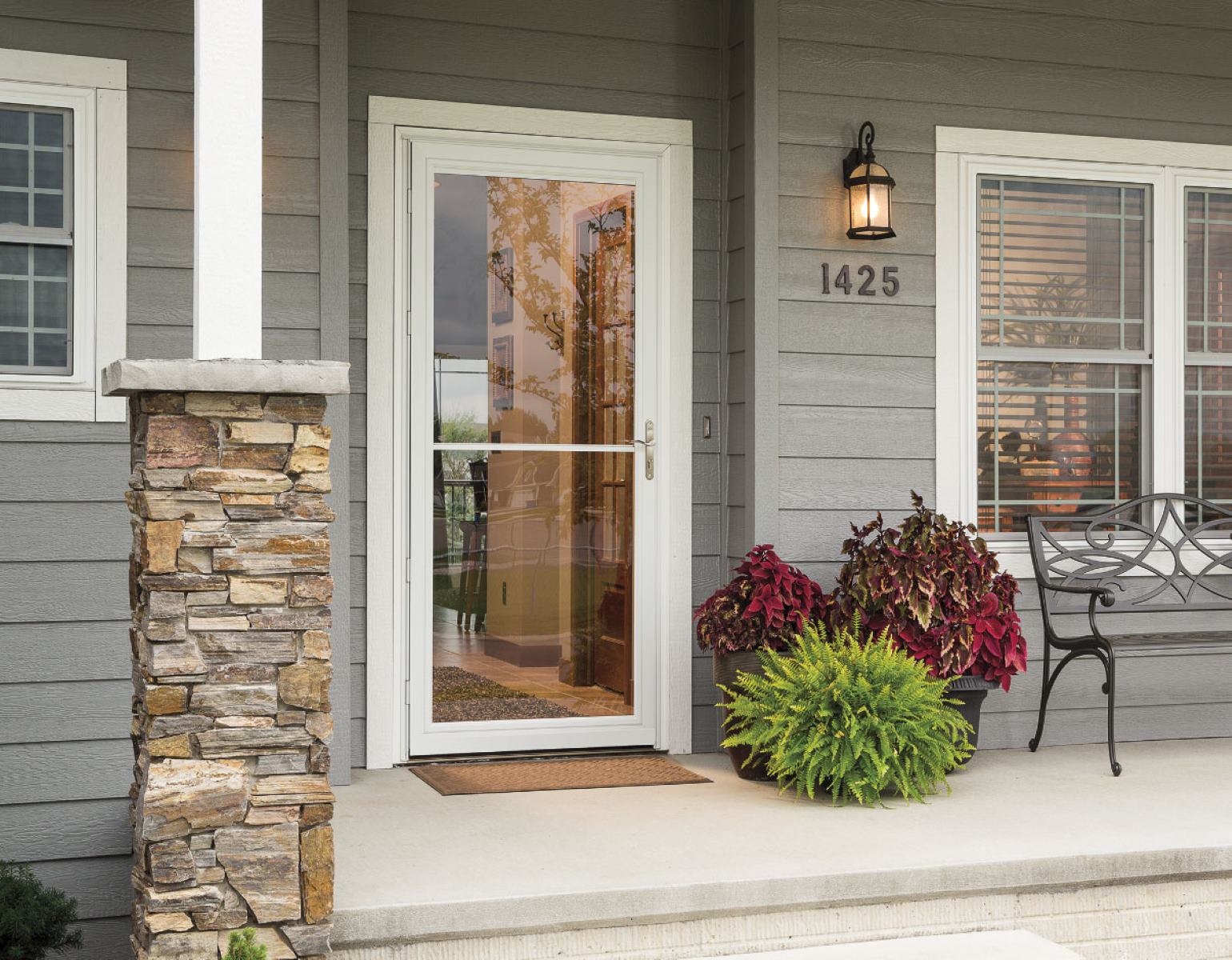

Safety Equipment & Products
How To Childproof A Storm Door
Modified: January 6, 2024
Learn how to childproof your storm door with the best safety equipment and products. Keep your little ones safe and secure with these essential tips.
(Many of the links in this article redirect to a specific reviewed product. Your purchase of these products through affiliate links helps to generate commission for Storables.com, at no extra cost. Learn more)
Introduction
Childproofing a storm door is a crucial step in ensuring the safety of young children in your home. Storm doors are designed to provide protection from the elements while allowing natural light and ventilation into your living space. However, they can also pose safety hazards for curious and adventurous little ones. In this comprehensive guide, we will explore the essential steps to effectively childproof a storm door, providing you with peace of mind and a safer environment for your family.
As a responsible parent or caregiver, it's essential to recognize the potential risks associated with storm doors and take proactive measures to mitigate them. By implementing childproofing strategies, you can create a secure and nurturing space for your children to explore without compromising their well-being.
Throughout this article, we will delve into the process of assessing your storm door, selecting the most suitable childproofing products, and expertly installing these devices to ensure optimal safety. Additionally, we will discuss supplementary safety measures that can further enhance the protection of your little ones. Whether you're a new parent, a seasoned caregiver, or someone who simply wants to bolster the safety of their home, the information presented here will empower you to safeguard your children from potential hazards associated with storm doors.
Join us as we embark on this insightful journey, arming you with the knowledge and tools necessary to create a secure and nurturing environment for the youngest members of your household. Let's dive into the essential steps of childproofing a storm door and pave the way for a safer, worry-free living space for your family.
Key Takeaways:
- Childproofing a storm door involves assessing, choosing, and installing safety devices to protect children from potential hazards. It also requires ongoing supervision, education, and maintenance to create a secure environment.
- By implementing childproofing strategies and additional safety measures, parents can create a nurturing and secure environment for their children to explore and interact with the storm door confidently, knowing that their well-being is safeguarded.
Read more: How To Childproof Doors
Assessing the Storm Door
Before embarking on the childproofing process, it’s essential to conduct a thorough assessment of your storm door to identify potential safety hazards and determine the most effective childproofing solutions. Here are the key aspects to consider when assessing your storm door:
- Material and Construction: Evaluate the material and construction of the storm door, as different materials may require specific childproofing approaches. For instance, a glass storm door poses different risks than one made of metal or wood. Understanding the door’s composition is crucial for selecting appropriate childproofing products.
- Hinges and Latches: Inspect the hinges and latches to ensure they are in proper working condition. Faulty or loose hinges and latches can compromise the door’s stability and pose a risk to children. Additionally, assess the accessibility of these components to determine if they need additional childproofing measures.
- Sharp Edges and Corners: Check for any sharp edges or corners on the storm door that could potentially cause injury to a child. Softening or covering these edges with appropriate childproofing products is essential for preventing accidents.
- Accessibility to Handles and Locks: Assess how easily a child can reach and operate the door’s handles and locks. Consider the height and design of these elements to determine if they require childproofing to prevent unauthorized access or entrapment.
- Slamming Hazards: Evaluate the door’s closing mechanism to determine if it poses a risk of slamming shut, which could potentially harm a child’s fingers. Understanding the door’s closing behavior is crucial for implementing preventive measures.
By thoroughly assessing these critical aspects of your storm door, you’ll gain valuable insights into the specific childproofing requirements tailored to your door’s unique features. This proactive approach lays the groundwork for selecting and implementing the most effective childproofing solutions, ensuring a safer environment for your children.
Choosing Childproofing Products
When it comes to childproofing a storm door, selecting the right products is paramount to effectively mitigating potential safety hazards. With a wide array of childproofing devices available on the market, it’s essential to choose products that are not only suitable for your specific storm door but also provide robust protection for your children. Here are key considerations to keep in mind when selecting childproofing products:
- Door Knob Covers and Locks: Consider installing door knob covers and locks designed to prevent young children from easily opening the storm door. These covers and locks are typically designed to be child-resistant while allowing adults to operate the door with ease.
- Hinge Protectors: Hinge protectors are essential for preventing pinched fingers and ensuring that the door’s hinges are not accessible to children. Choose durable and easy-to-install hinge protectors that effectively secure the door’s hinges.
- Corner Guards: To address sharp edges and corners on the storm door, opt for corner guards made from soft, impact-absorbing materials. These guards provide a cushioned layer of protection, minimizing the risk of injuries from accidental collisions with the door’s edges.
- Slam Stoppers: Installing slam stoppers can prevent the storm door from closing too quickly and forcefully, reducing the risk of accidental finger entrapment or injury. Look for adjustable and reliable slam stoppers that can be easily attached to the door.
- Window Safety Films: If your storm door features glass panels, consider applying window safety films to reinforce the glass and minimize the risk of breakage. These films provide an added layer of protection, reducing the likelihood of glass-related accidents.
Additionally, prioritize childproofing products that have undergone rigorous safety testing and meet industry standards for child protection. Look for reputable manufacturers and read product reviews to gauge their effectiveness and durability. By investing in high-quality childproofing products, you can create a safer and more secure environment for your children, offering you peace of mind as they explore and interact with the storm door.
Furthermore, consider the aesthetic appeal of the childproofing products, ensuring that they seamlessly blend with the door’s design while effectively enhancing safety. By carefully selecting and evaluating childproofing products, you can proactively address potential safety hazards and promote a secure environment for your little ones.
Install a childproof door handle or latch to prevent little ones from opening the storm door. Make sure the door closer is adjusted to prevent it from slamming shut. Keep the key out of reach to prevent children from unlocking the door.
Installing Childproofing Devices
Once you’ve selected the appropriate childproofing products for your storm door, the next crucial step is to expertly install these devices to ensure optimal safety for your children. Proper installation is key to the effectiveness of childproofing measures, and it’s essential to follow manufacturer guidelines and best practices. Here’s a step-by-step guide for installing common childproofing devices:
- Door Knob Covers and Locks: Begin by carefully reading the manufacturer’s instructions for the door knob covers and locks. Typically, these devices are designed for easy installation and can be secured in place using simple tools. Ensure that the covers and locks are firmly attached and that they do not impede the door’s functionality for adults.
- Hinge Protectors: Install hinge protectors by affixing them to the door’s hinges according to the provided instructions. Verify that the protectors create a barrier between the hinges and the surrounding area, effectively preventing access and potential finger pinching.
- Corner Guards: Apply corner guards to the sharp edges and corners of the storm door, ensuring a snug and secure fit. Most corner guards feature adhesive backing for easy installation, providing a cushioned layer of protection against accidental impacts.
- Slam Stoppers: Attach slam stoppers to the door to regulate its closing speed and prevent forceful slamming. Follow the installation guidelines to adjust and secure the stoppers, effectively reducing the risk of finger entrapment and injuries.
- Window Safety Films: If utilizing window safety films, meticulously follow the application instructions to ensure proper adhesion and coverage. Thoroughly clean the glass panels before applying the film, smoothing out any air bubbles for a secure and uniform finish.
Throughout the installation process, prioritize the proper alignment and secure attachment of childproofing devices to guarantee their effectiveness. Regularly inspect the installed products to ensure they remain intact and functional, making any necessary adjustments or replacements as needed.
It’s important to involve all household members in understanding the purpose and function of the childproofing devices to ensure consistent adherence to safety measures. Educate children about the importance of respecting these safety features and the potential risks associated with the storm door, fostering a culture of awareness and responsibility within the household.
By diligently installing and maintaining childproofing devices, you can significantly reduce the likelihood of accidents and injuries related to the storm door, creating a secure environment where children can safely interact with the door while minimizing potential hazards.
Additional Safety Measures
While implementing specific childproofing devices is essential for enhancing the safety of your storm door, integrating additional safety measures can further fortify your efforts in creating a secure environment for your children. Consider the following supplementary strategies to bolster the overall safety of the storm door and its surrounding area:
- Education and Supervision: Educate your children about the potential hazards associated with the storm door and the importance of exercising caution when interacting with it. Encourage responsible behavior and provide ongoing supervision to ensure that children adhere to safety guidelines.
- Establish Clear Rules: Set clear rules regarding the operation and access to the storm door. Clearly communicate guidelines on when the door can be opened, who is authorized to use it, and the importance of keeping it securely closed when not in use.
- Regular Maintenance: Conduct routine maintenance checks on the storm door, including inspecting hinges, latches, and other components. Address any issues promptly to uphold the door’s functionality and safety features.
- Secure Surrounding Areas: Evaluate the immediate surroundings of the storm door and ensure that potential tripping hazards, sharp objects, or obstacles are removed or secured to prevent accidents as children approach or interact with the door.
- Emergency Preparedness: Familiarize household members with emergency procedures in the event of an accident or entrapment involving the storm door. Establish clear protocols for responding to incidents and ensure that necessary contact information for medical assistance is readily accessible.
By incorporating these additional safety measures into your childproofing strategy, you create a comprehensive framework for safeguarding your children from potential risks associated with the storm door. These measures not only contribute to a safer living environment but also promote a culture of awareness and proactive safety practices within the household.
Furthermore, ongoing communication and reinforcement of safety guidelines are essential for instilling a sense of responsibility and mindfulness in children when interacting with the storm door. By fostering a collective commitment to safety, you establish a nurturing and secure environment where children can thrive without compromising their well-being.
Remember, while childproofing devices provide valuable protection, proactive supervision, education, and maintenance are equally vital components of a holistic approach to child safety around the storm door. By integrating these additional safety measures, you can create a resilient safety framework that prioritizes the well-being of your children.
Read more: How To Seal A Storm Door
Conclusion
Childproofing a storm door is a fundamental aspect of creating a safe and secure environment for young children in your home. By carefully assessing the unique features of your storm door, selecting appropriate childproofing products, and expertly installing these devices, you can significantly reduce the potential risks and hazards associated with the door. Additionally, integrating supplementary safety measures and fostering a culture of awareness and responsibility further enhances the overall safety framework.
As a responsible parent or caregiver, prioritizing the safety of your children involves a multifaceted approach, encompassing both proactive measures and ongoing vigilance. Childproofing a storm door not only mitigates potential risks but also empowers children to explore and interact with their surroundings confidently, knowing that their well-being is safeguarded.
It’s essential to maintain open communication with all household members regarding safety guidelines and to regularly reinforce the importance of adhering to these measures. By cultivating a shared commitment to safety, you establish a nurturing environment where children can thrive without compromising their security.
Remember, childproofing is an ongoing process that requires regular evaluation and adjustments as children grow and their needs evolve. Stay attuned to any changes in the door’s condition and the surrounding environment, and adapt your childproofing strategies accordingly to ensure continued effectiveness.
By following the comprehensive steps outlined in this guide and embracing a holistic approach to childproofing, you are not only creating a safer space for your children but also fostering a culture of safety and responsibility within your household. Your dedication to prioritizing the well-being of your children sets the foundation for a harmonious and secure living environment where they can flourish and thrive.
With a proactive and informed approach to childproofing, you can confidently navigate the unique challenges posed by storm doors, ensuring that your children can enjoy their surroundings with the freedom and security they deserve.
Frequently Asked Questions about How To Childproof A Storm Door
Was this page helpful?
At Storables.com, we guarantee accurate and reliable information. Our content, validated by Expert Board Contributors, is crafted following stringent Editorial Policies. We're committed to providing you with well-researched, expert-backed insights for all your informational needs.

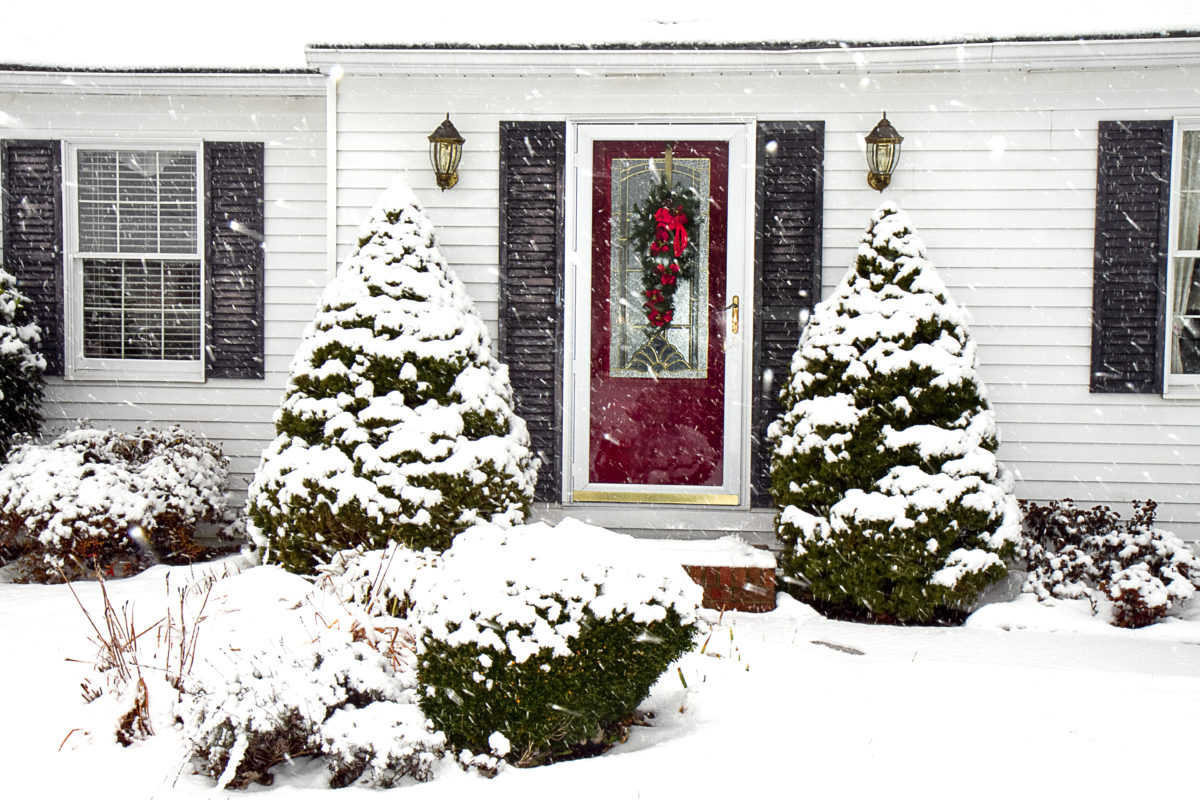
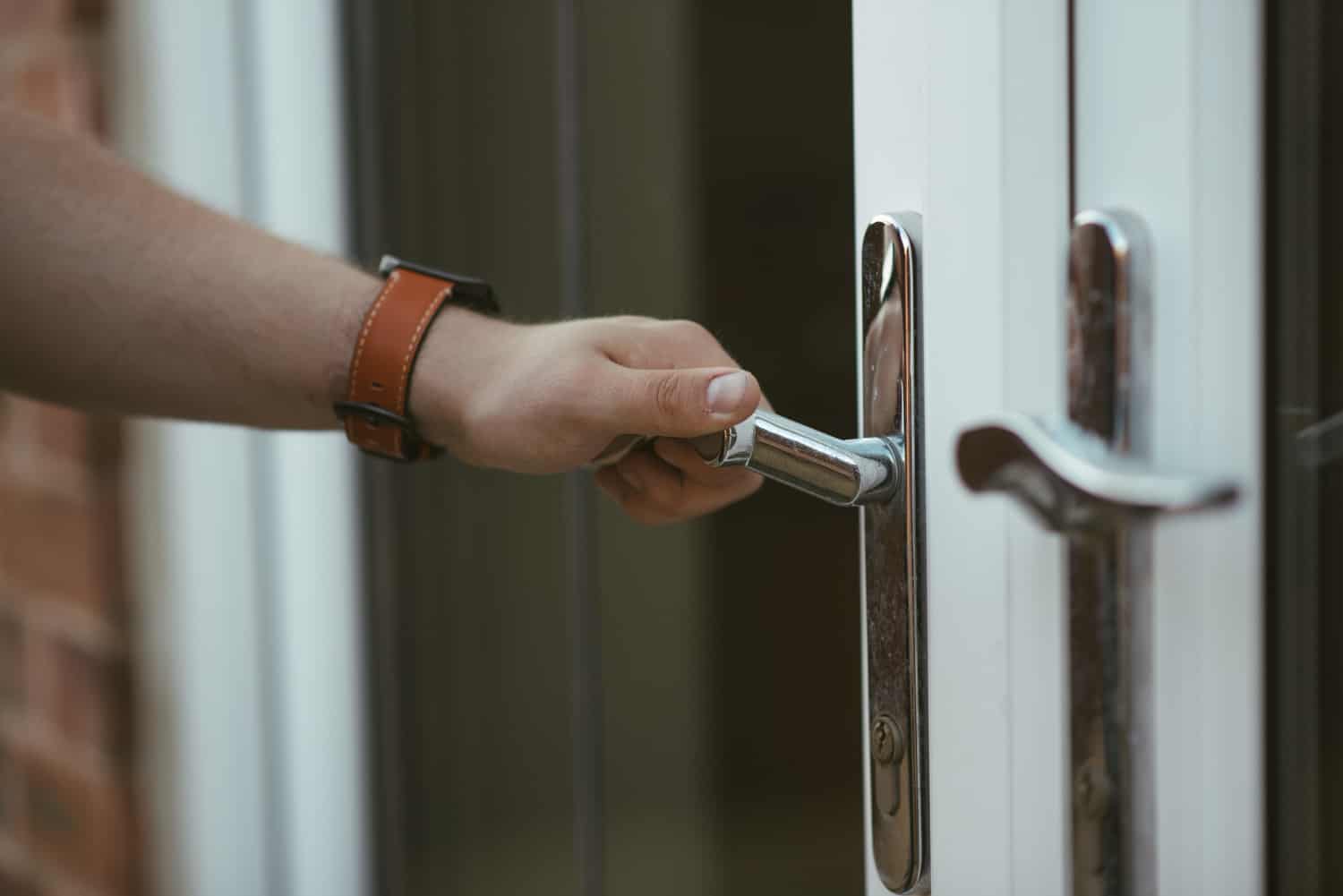
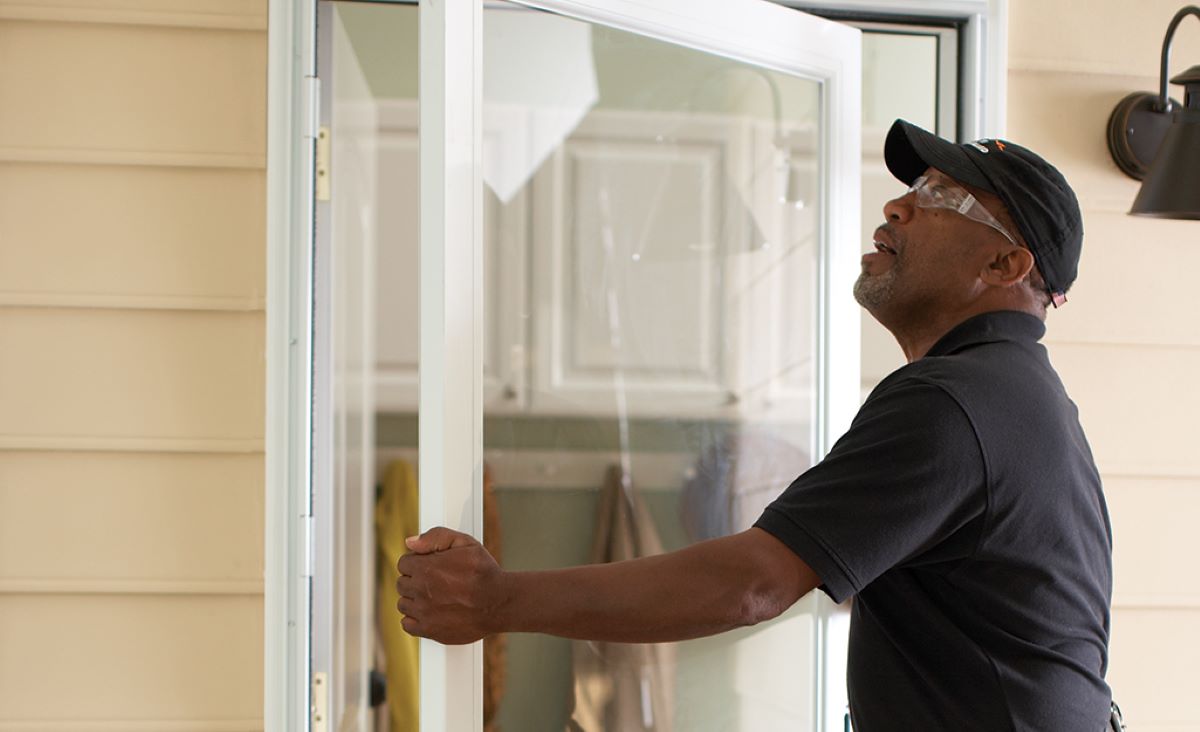
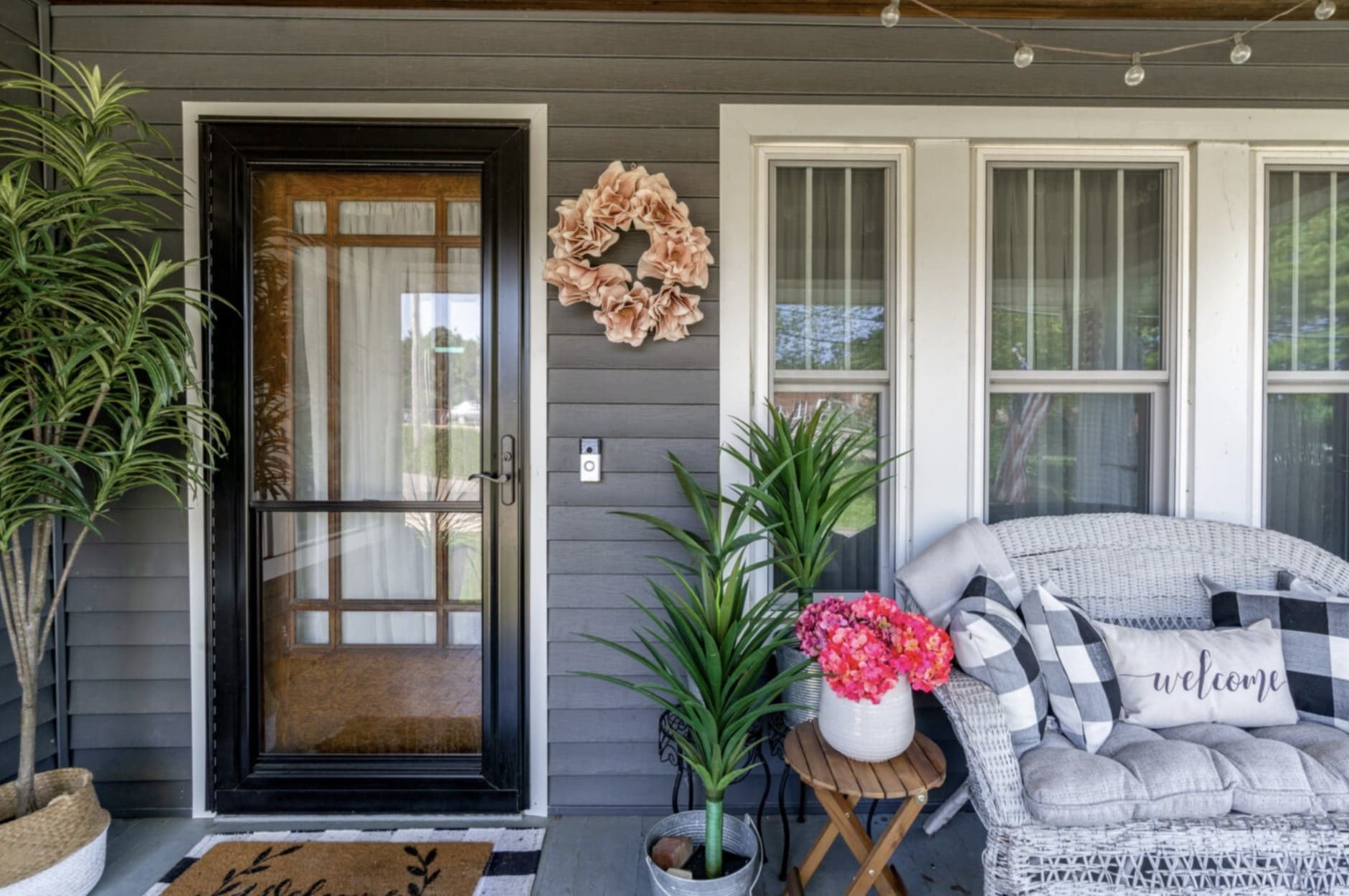
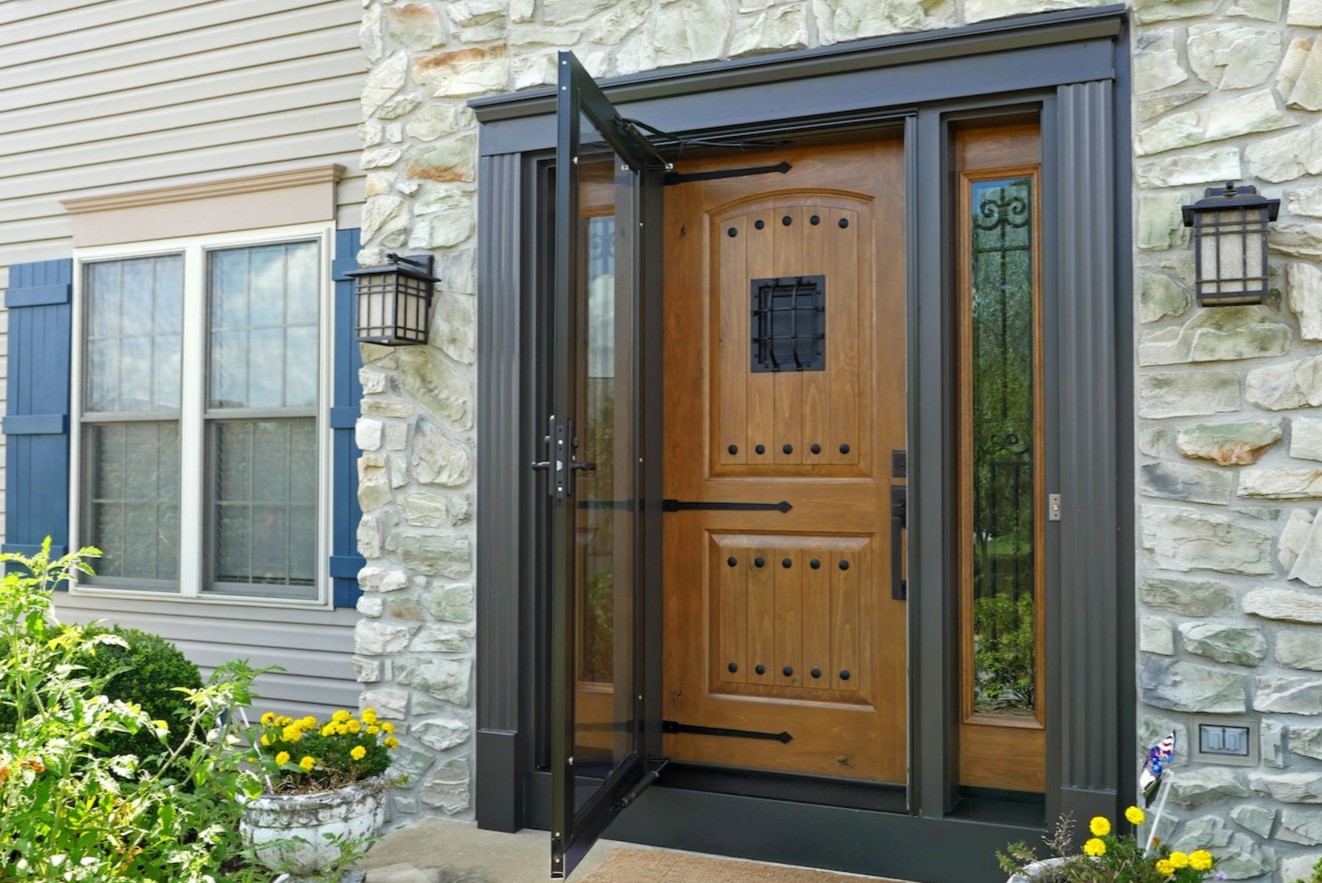
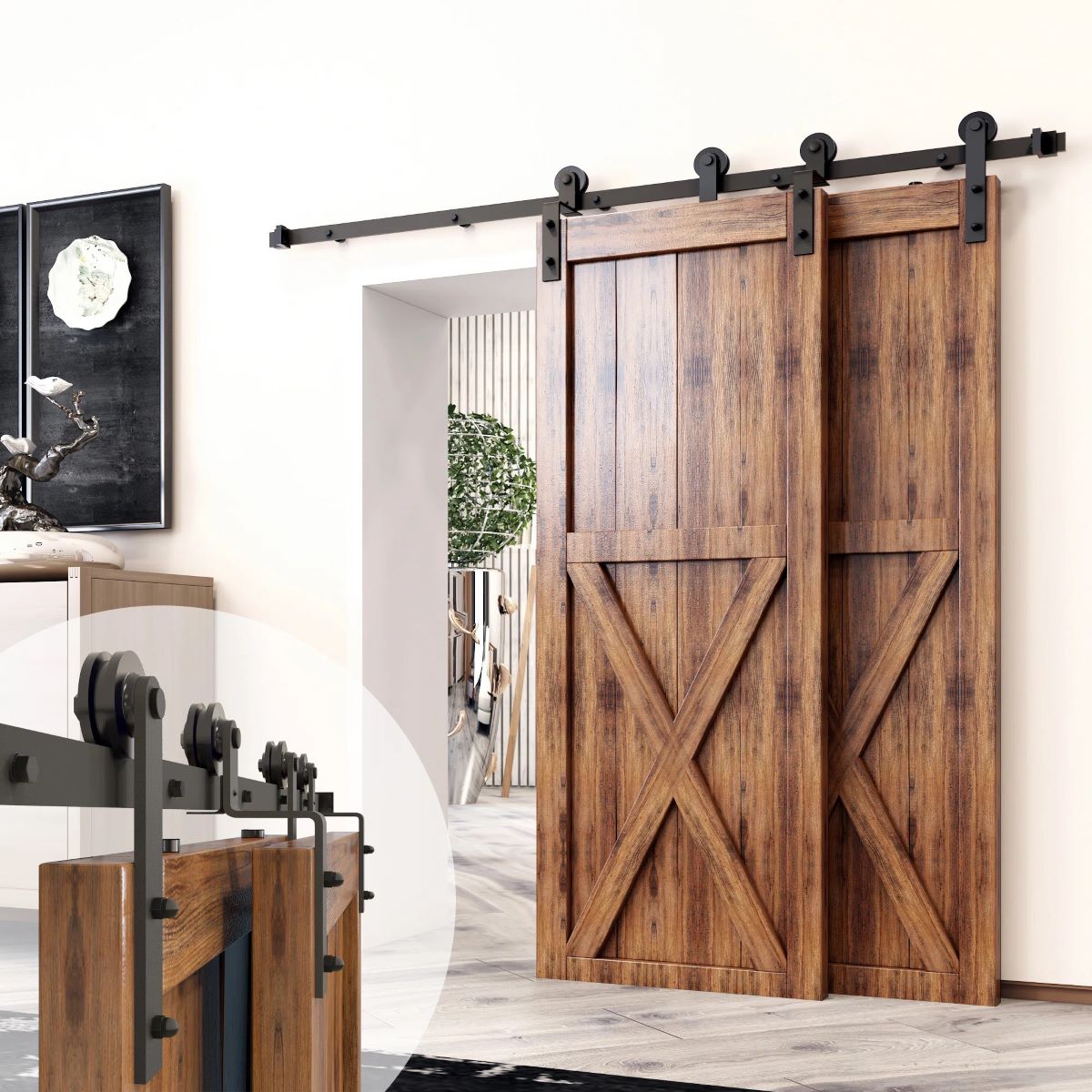
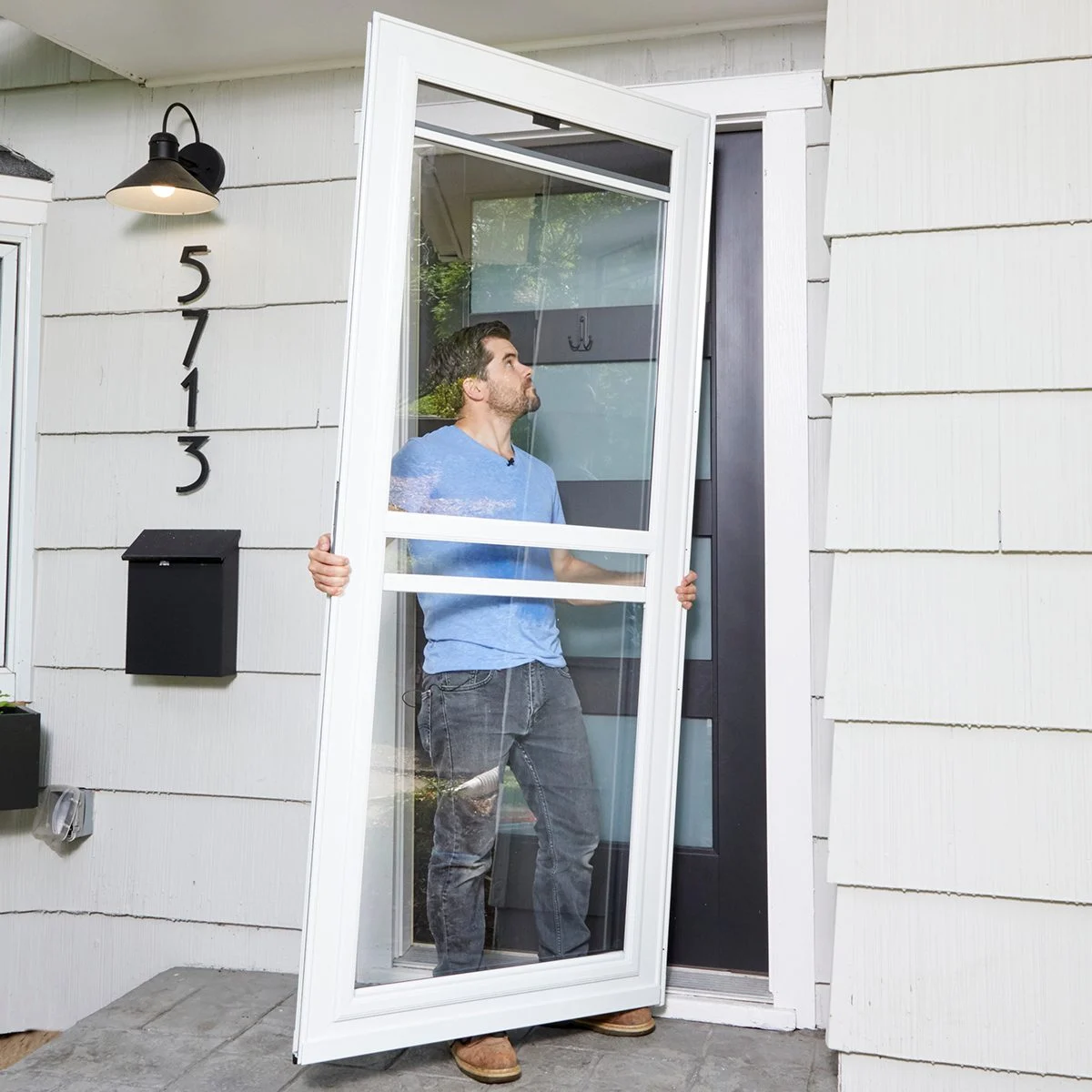
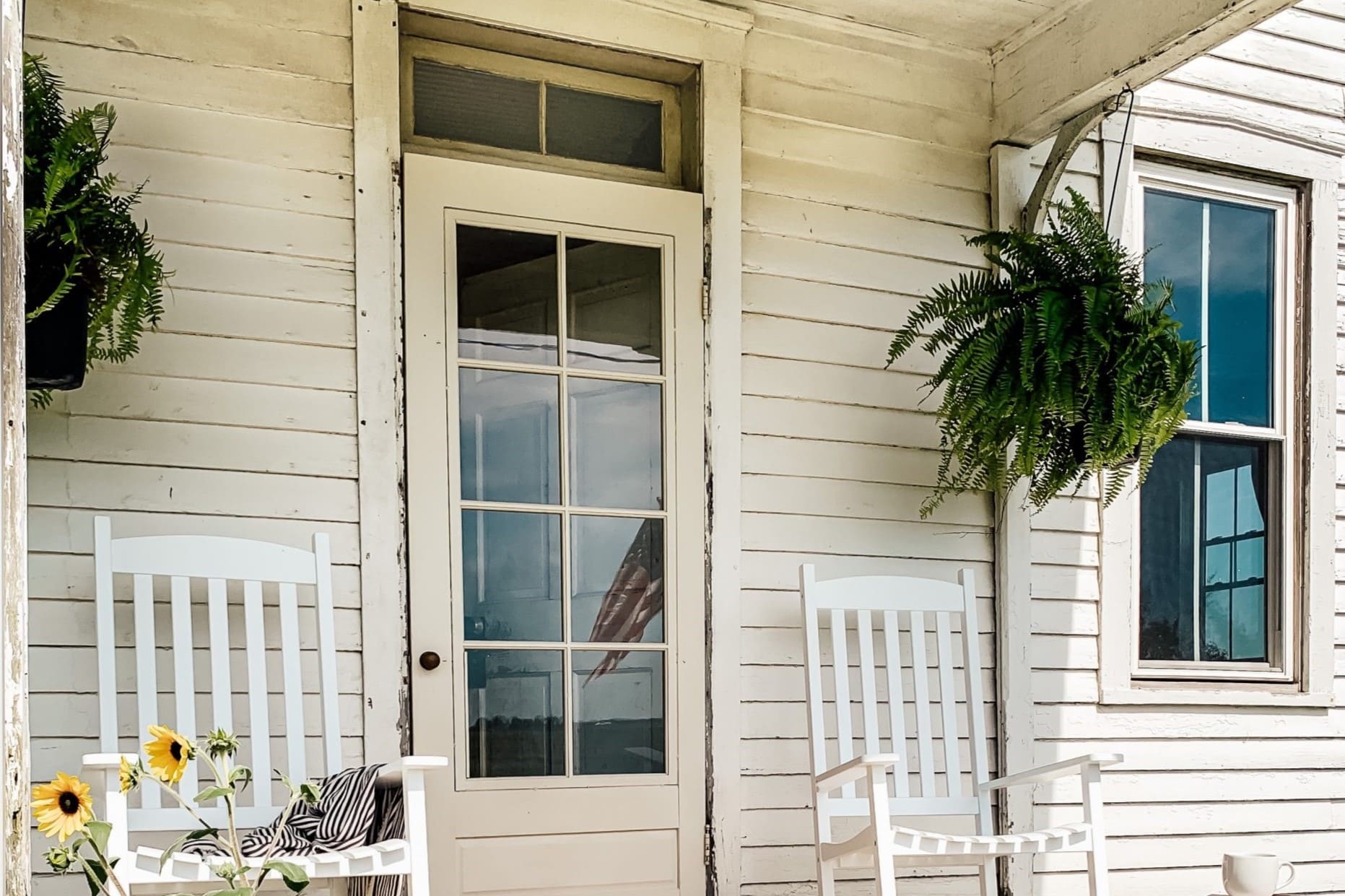
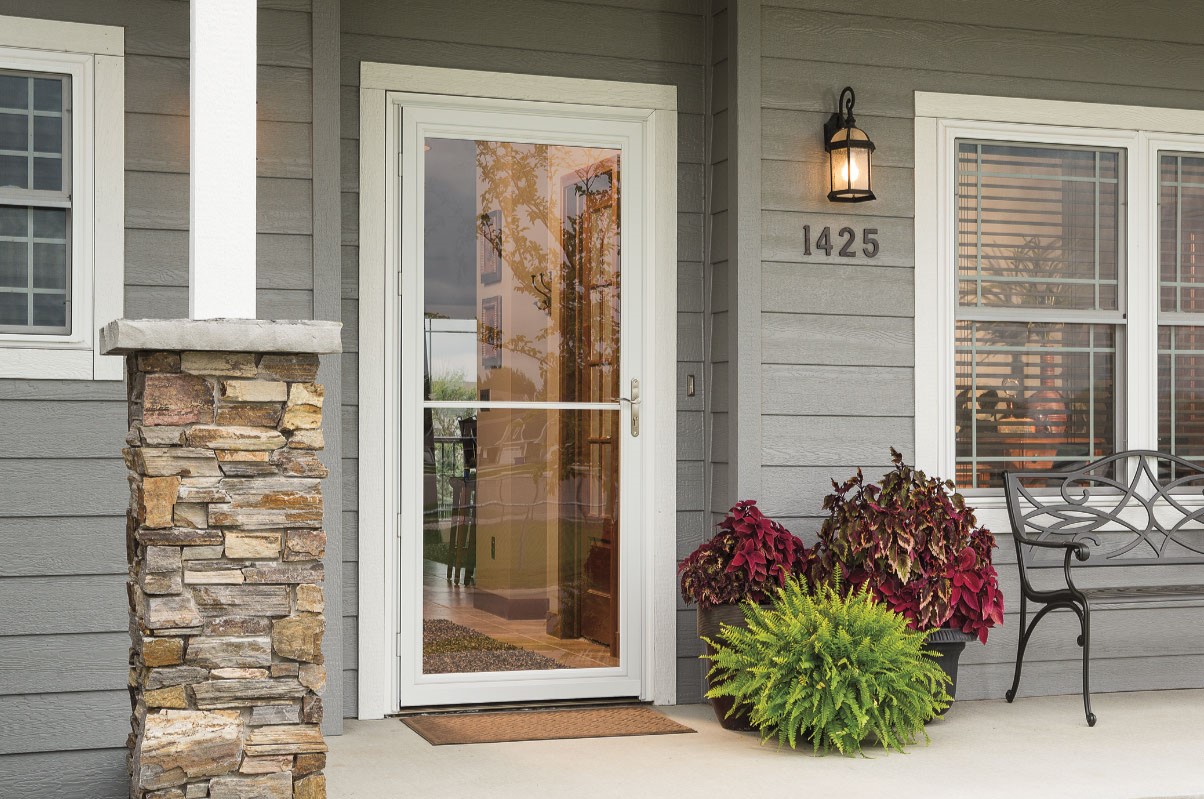
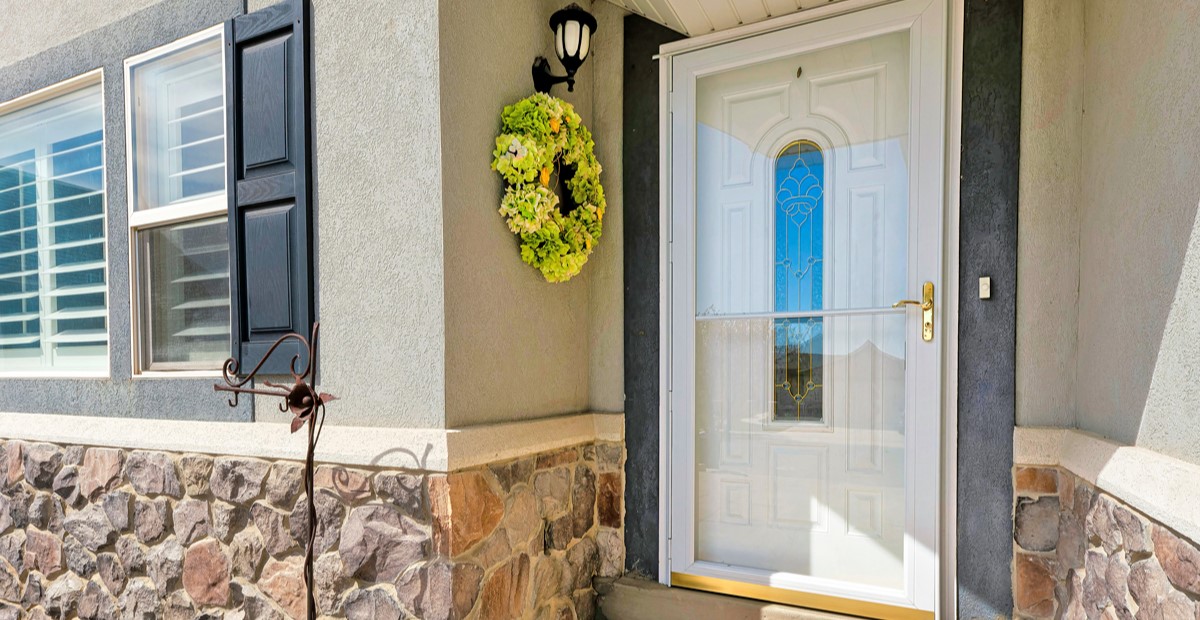
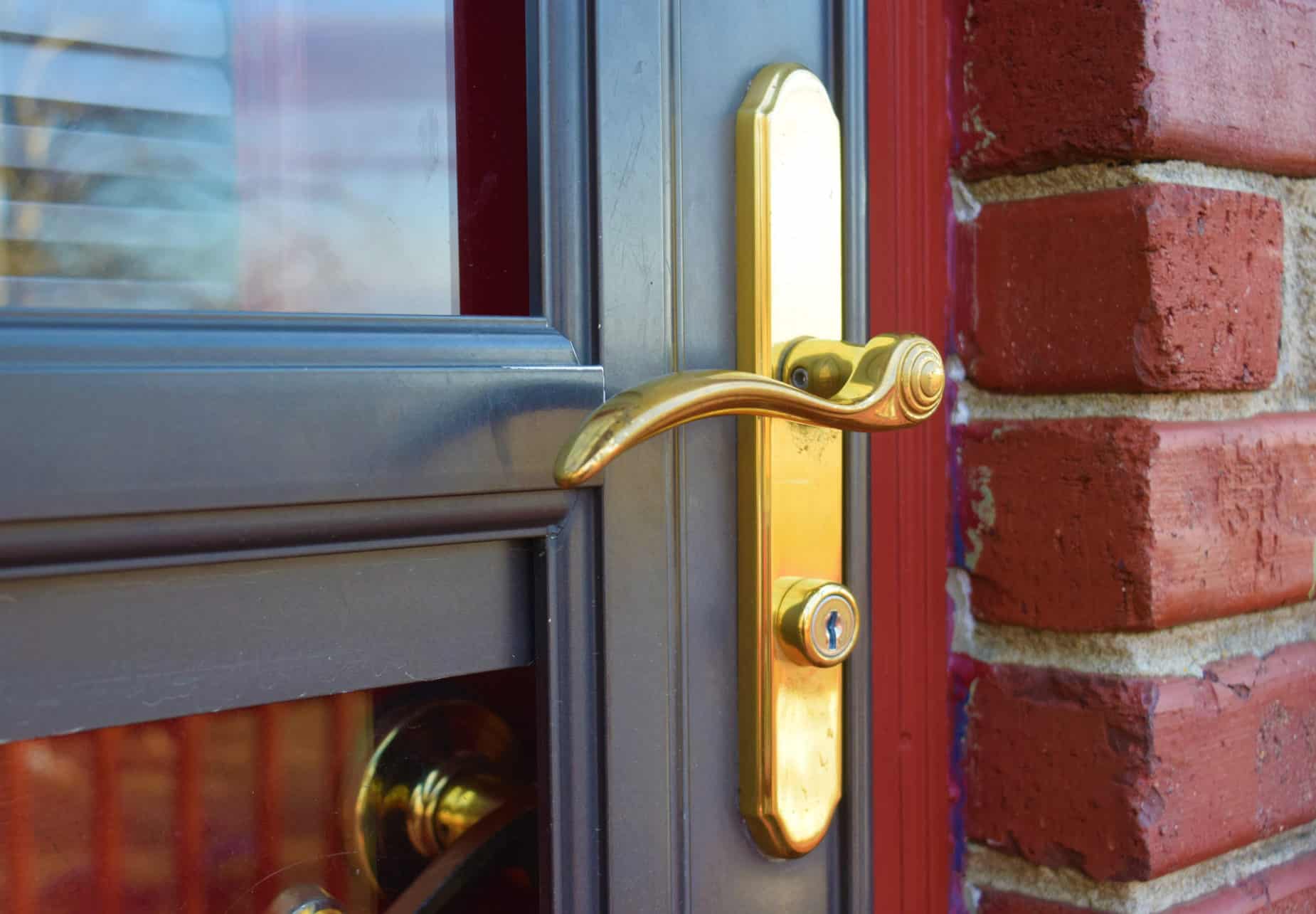
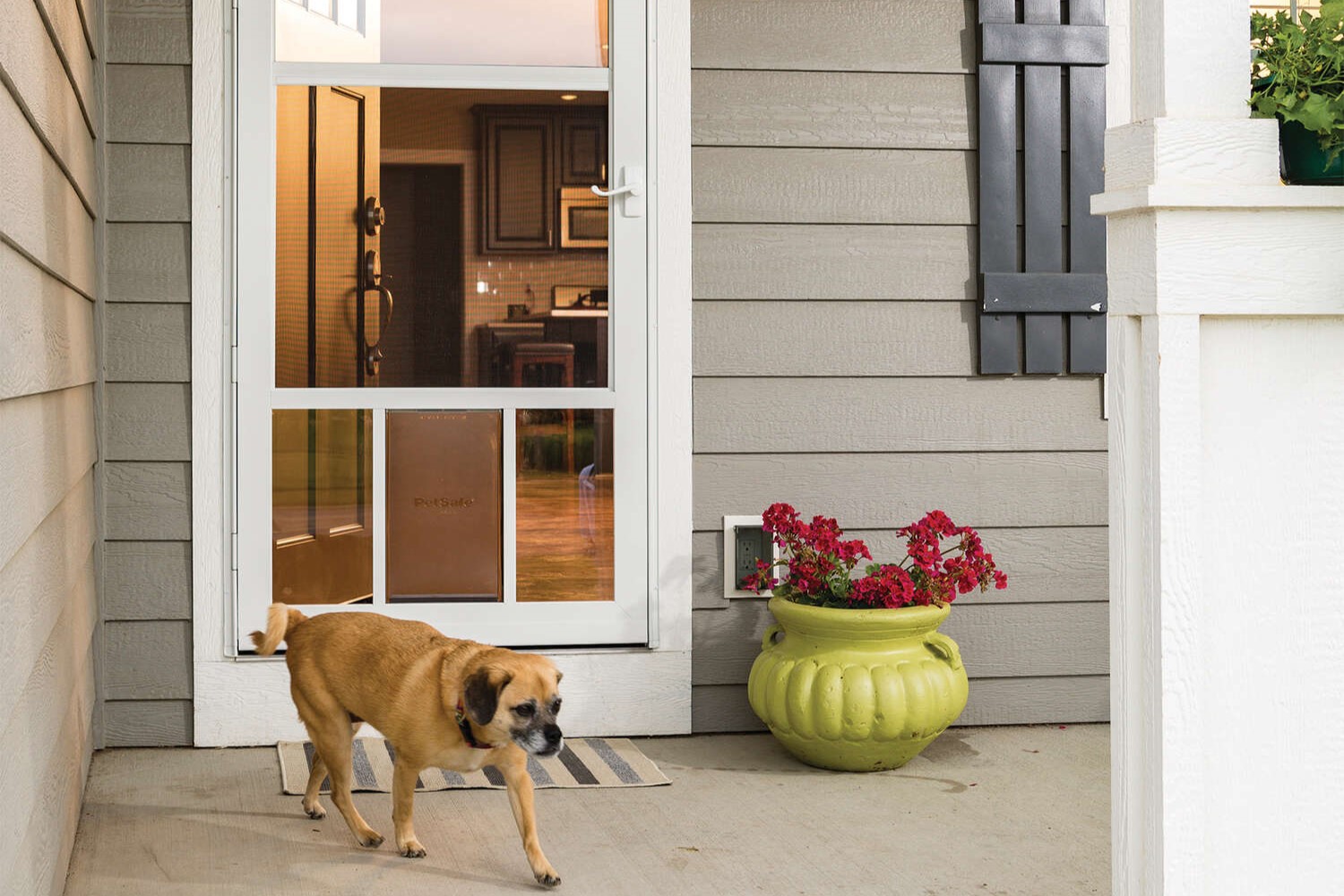
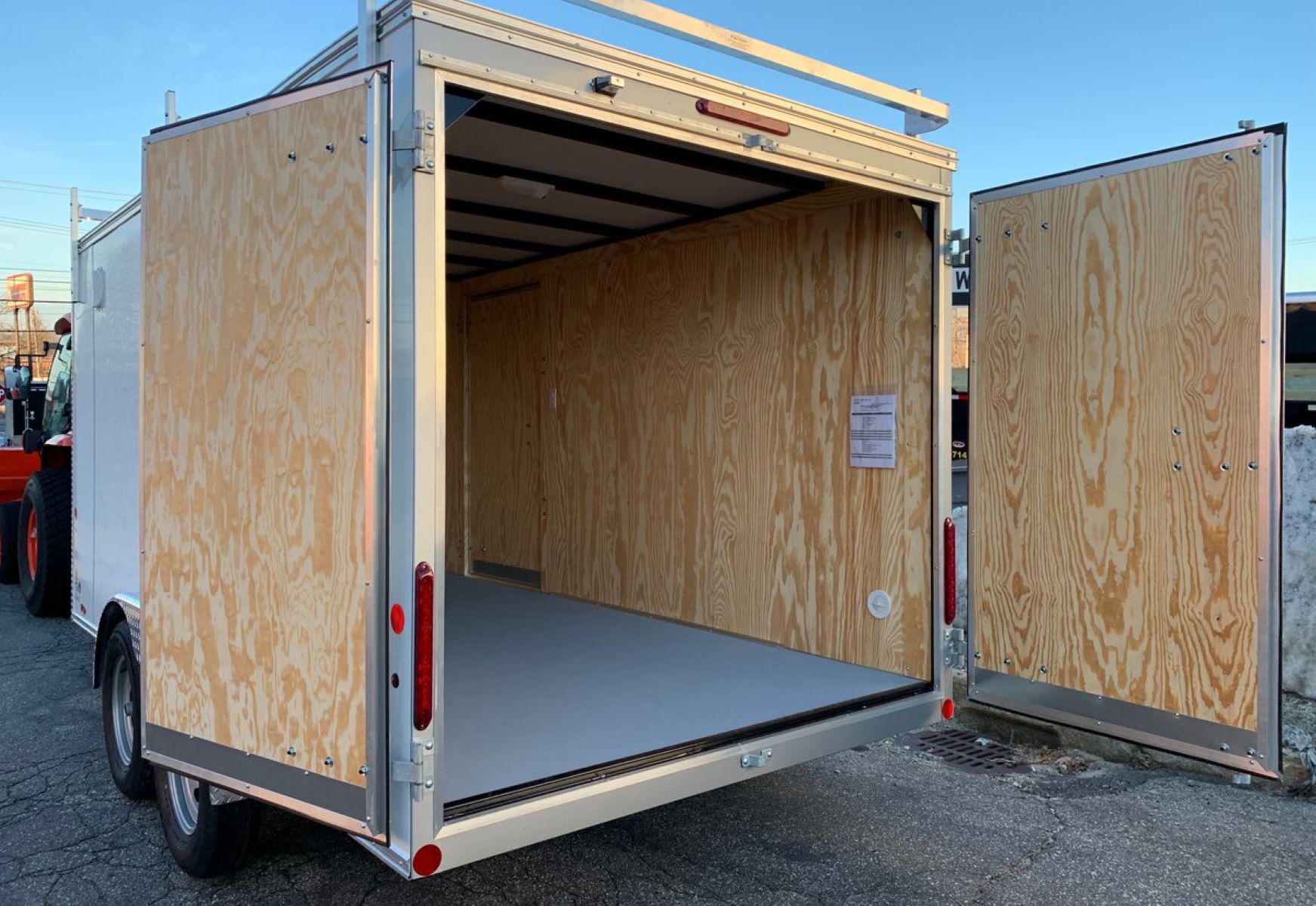

0 thoughts on “How To Childproof A Storm Door”